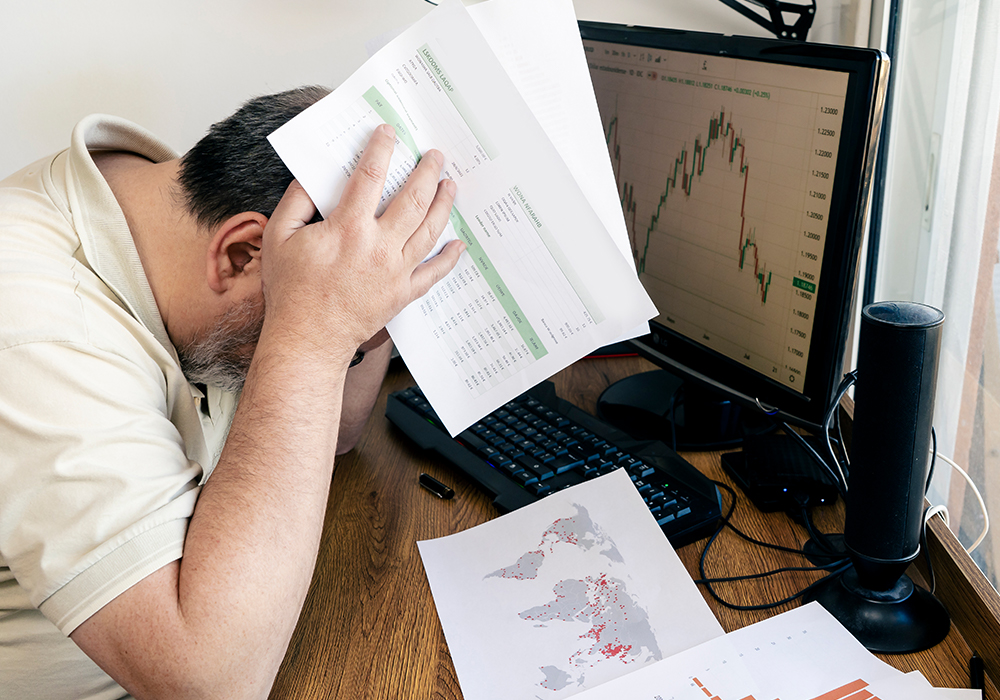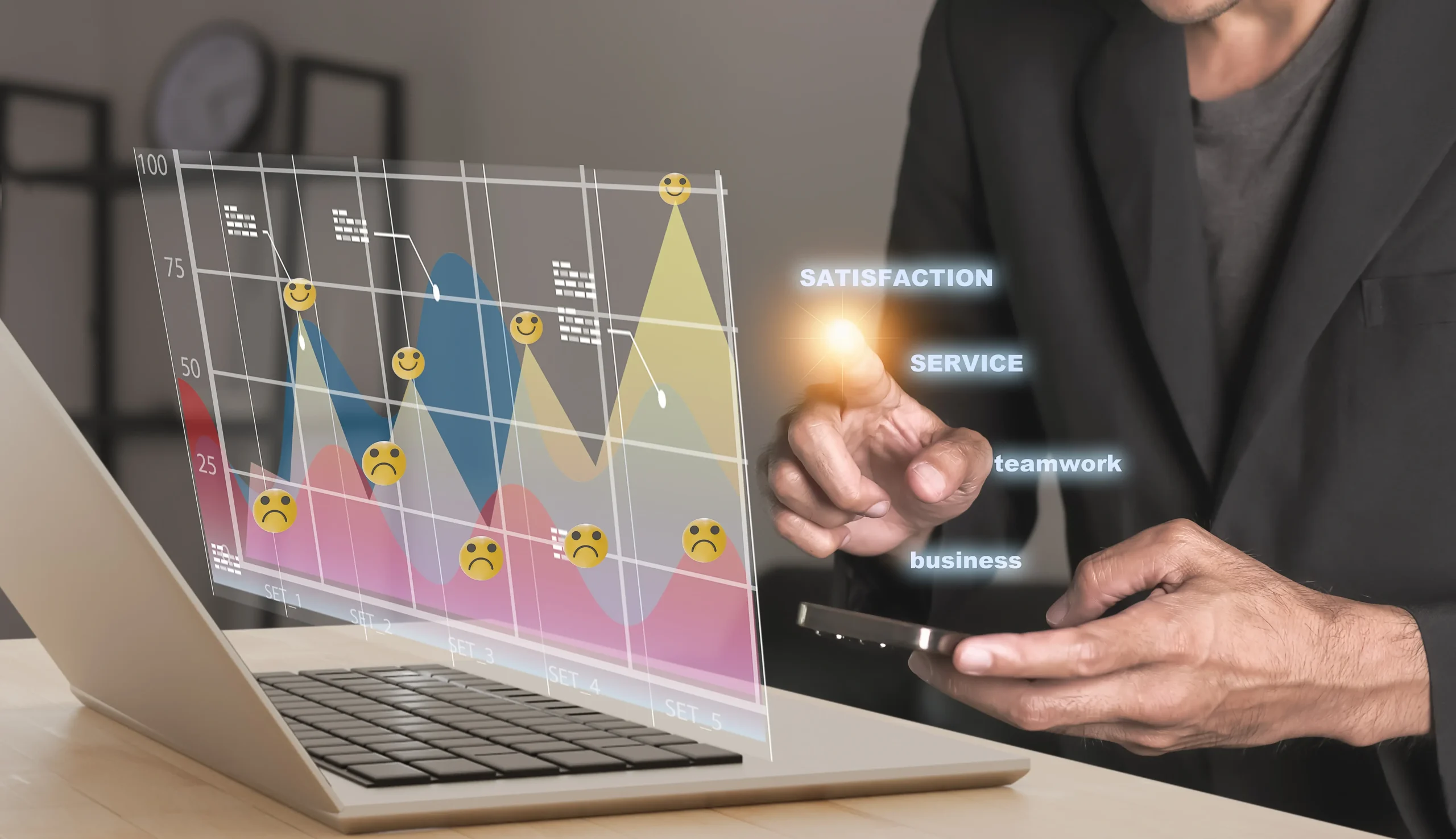Trading in cryptocurrencies is exciting and challenging, especially because most beginners need to learn how the market fluctuates so fast. Where there’s great potential for reward, there’s also a high level of risk; even the tiniest mistake may result in a loss.
Being able to recognize typical mistakes made by new traders will allow you to make better decisions regarding keeping your capital safe and to put you on the road to success. Here are the most common crypto trading mistakes and, in detail, how not to make them.

1. Poor Risk Management
Poor risk management is one of the major mistakes made in crypto trading. The majority of beginners plunge into trades without thinking about how much they are ready to lose and also without stating rules upon which they should get out. This approach can result in great losses, especially in crypto where prices can move significantly up or down in minutes.
This it intends to do through the employment of risk management techniques, such as setting a stop-loss order to limit potential losses. Also, never put all your capital in one trade. It is always advisable only to risk a small percentage of your portfolio on any one trade to avoid huge losses.
2. Not Having a Trading Plan
A trading plan is integral to successful trading. The majority of new traders go into a trade based on buying or selling news or trends found on social media without ever having a preconceived strategy. Trading without a plan carries a bigger risk of emotional reactions, and most of the time those reactions lead to decisions based on fear or greed.
A trading plan is you setting up a goal, establishing entry and exit points, and setting rules over the taking of profits or stopping of losses. For example, you can determine that you will buy a certain cryptocurrency at a specific level of support and sell it upon reaching resistance. Sticking to a plan keeps you consistent and disciplined, something quite important in the crypto market, which is quite unpredictable.
3. Poor Asset Diversification
Putting all your money into one cryptocurrency is one of the cardinal mistakes many novices find themselves falling into. The application of one asset, perhaps, is something promising when it comes to return, but crypto is an unpredictable market, and to be dependent on just one investment can actually raise one’s risk level. Diversification minimizes this risk through dispersing capital in several different cryptocurrencies, whereby possible losses in one asset are balanced out by gains in another.
Tips for Diversification:
Diversify into a mix of established coins, including Bitcoin and Ethereum, with smaller altcoins. You can consider holding a part of your investment in stablecoins, serving as a harbor when markets show reversals. Do not invest heavily in less-known coins, which are highly volatile and involve a lot of risks. Similarly, diversification protects your investment from drastic fluctuation in one single asset class.

4. Market Trend Following
Another common mistake beginners do is follow trends or jump into the “FOMO” if a certain coin is sky-rocketing. This trend chasing often means buying right at the peak, when the price subsequently begins to correct downward. Successful traders know that in order for trading to be successful, it requires patience, discipline, and thorough analysis, rather than acting based on impulsive hype.
Instead, the investor should look at the technical and fundamental analysis to pick up the assets that promise a good future. One should learn to estimate the indicators and patterns by study, rather than following the crowd, to make prudent decisions.
5. No Technical Analysis
TA is a powerful tool for helping traders get an insight into market trends, visualize entry and exit points, and manage risks. The beginners, in their excitement or bias, always neglect the pursuit of TA or rely on intuition or news instead. Neglecting it leaves a trader exposed to making trades at just about the worst time, missing gains, or exposing themselves to risks that one wouldn’t need to.
Application of the primary technical indicators, such as moving averages, RSI, and levels of support and resistance, would drastically enhance one’s decisions about trading. Even a little background in TA would already be indicative to the trader of the probable trend or movement of prices and thus would afford him the capability of staging more calculated entrances and exits.
6. Overtrading/No Patience
The fast-moving crypto market will, quite too frequently, tempt the unseasoned trader to overtrade by opening multiple positions in hopes of quick gains. On the other hand, overtrading will result in emotional exhaustion, increased transaction fees, and poorer decisions while chasing small, short-term gains. It is important to remember that, as in everything else in life, quality trumps quantity in trading.
Approach in a measured way, where you enter trades only when the setups from your analysis are high probability. Practice patience, and know not every market condition will call for a trade. Waiting for proper opportunities, having maintained discipline, will keep you from making impulsive decisions and ensure better results.
Conclusion:
Avoiding some of the very common mistakes, such as not managing your risk, trading without a plan, not diversifying, and overtrading, will make all the difference in your crypto journey.
Applying techniques for risk management, creating an efficient plan, and basing your trade decisions on technical analysis will arm you with better survival skills against the crypto market’s volatility. In crypto trading, discipline and patience are as good as strategy itself in setting one up for success in the long run.






